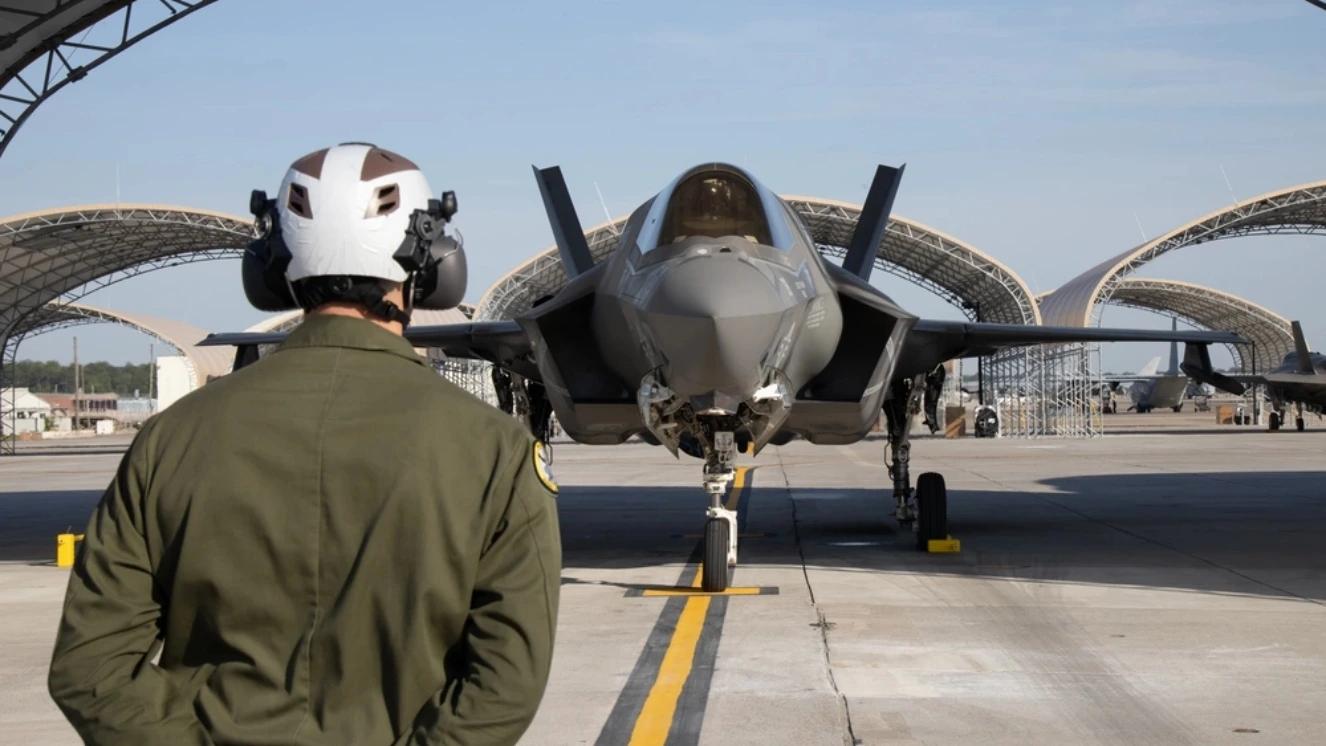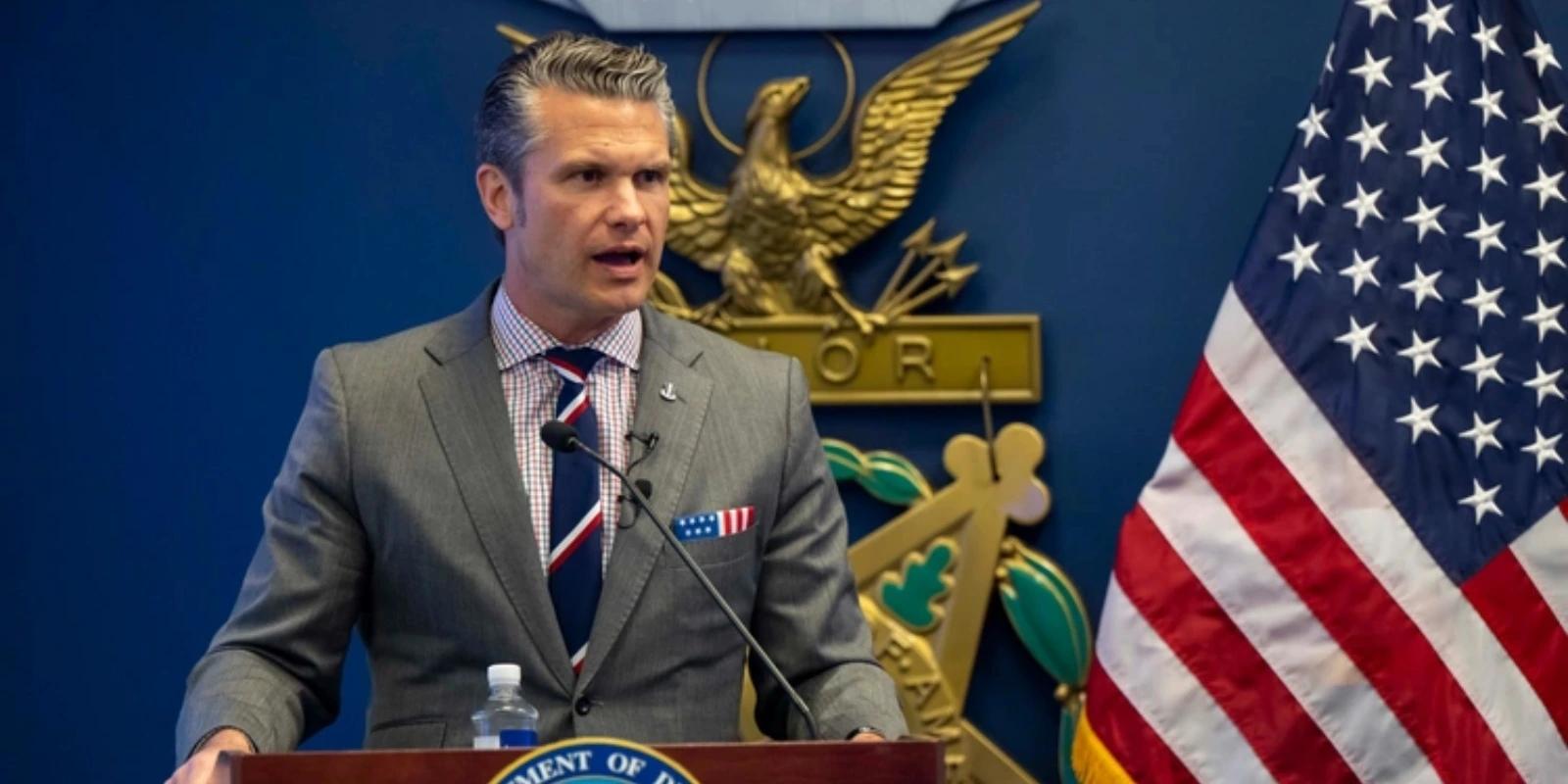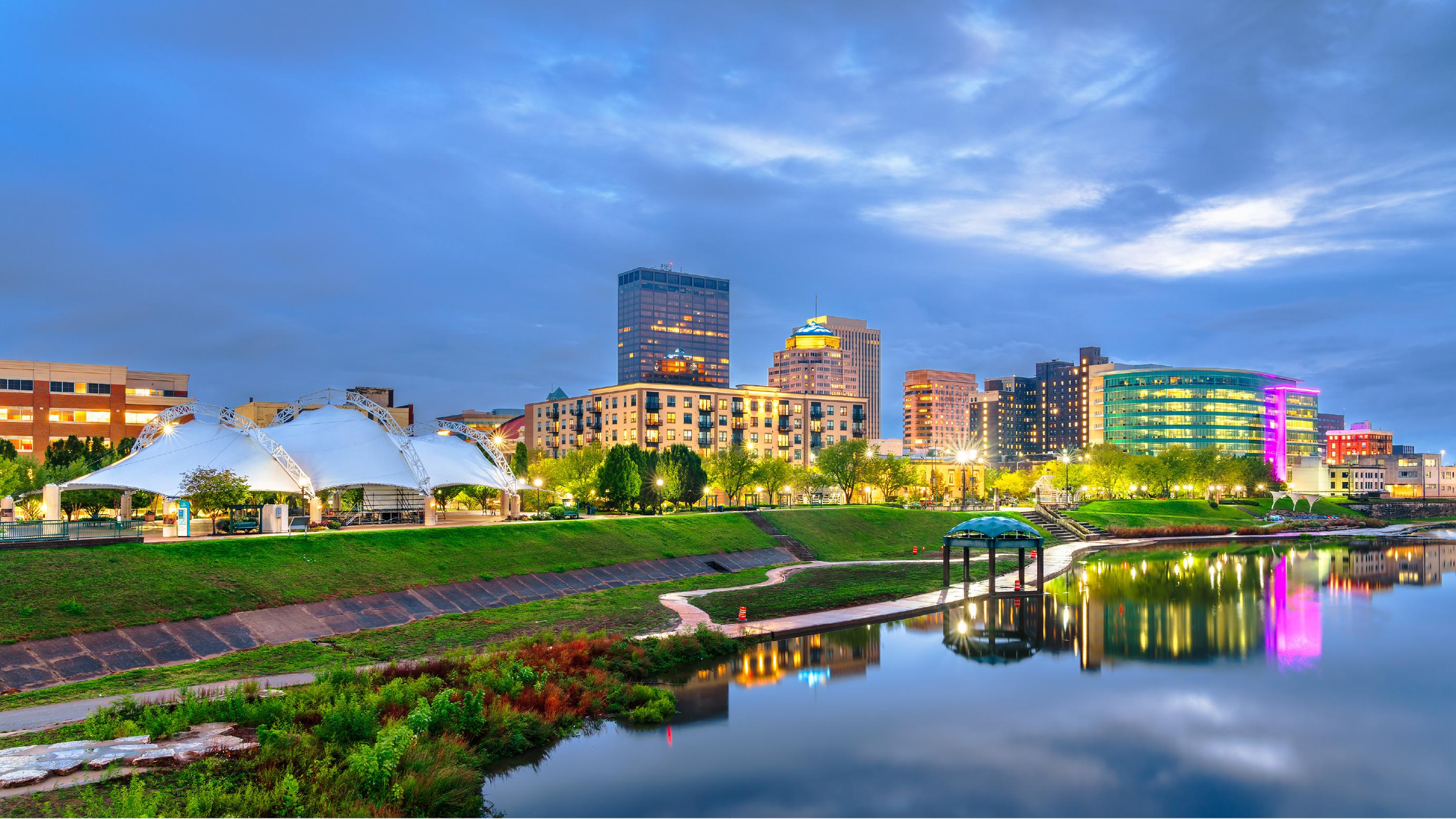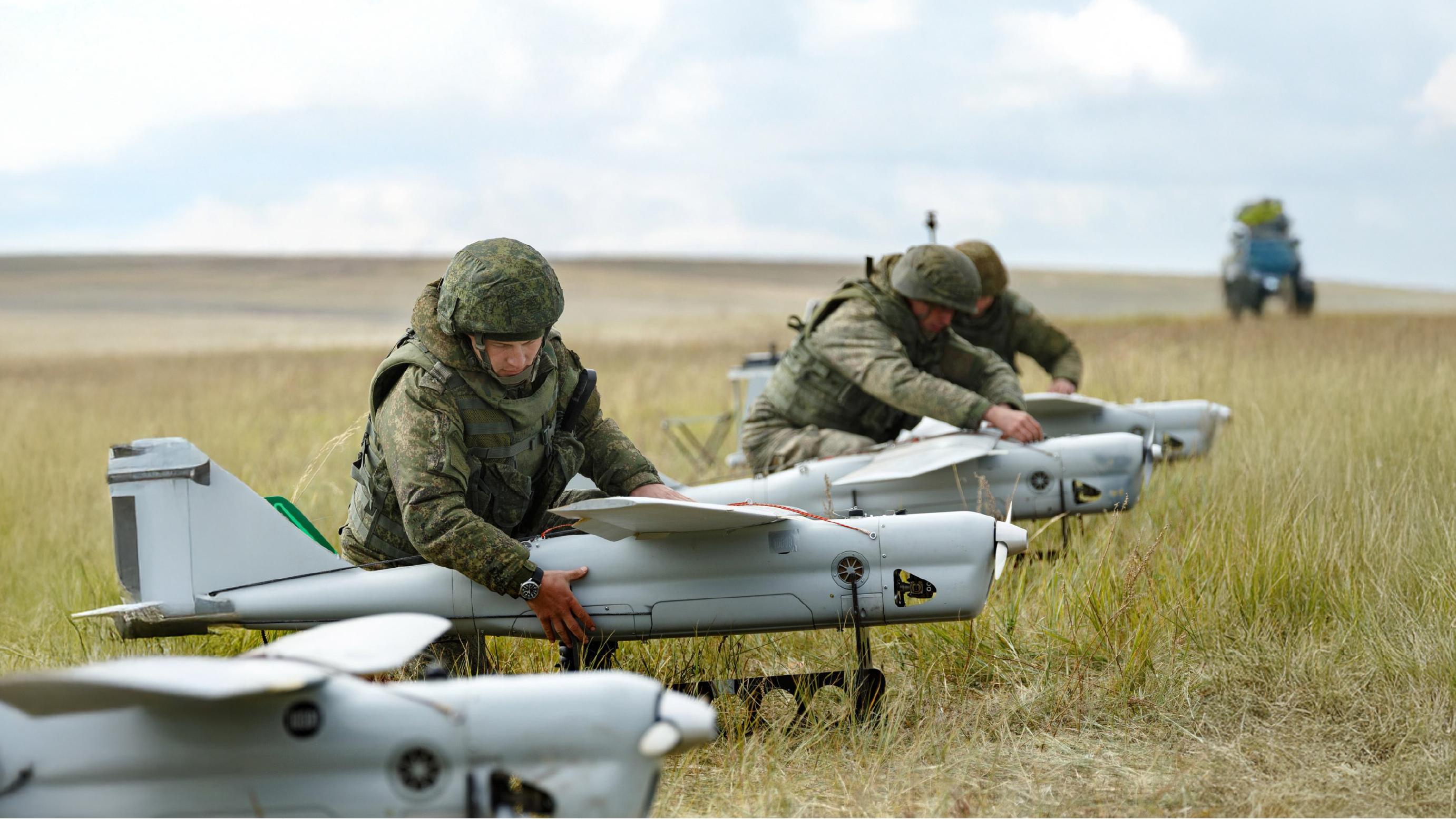TRUMP ATTENDS NATO SUMMIT: A CLOSER LOOK AT THE HIGHLIGHTS
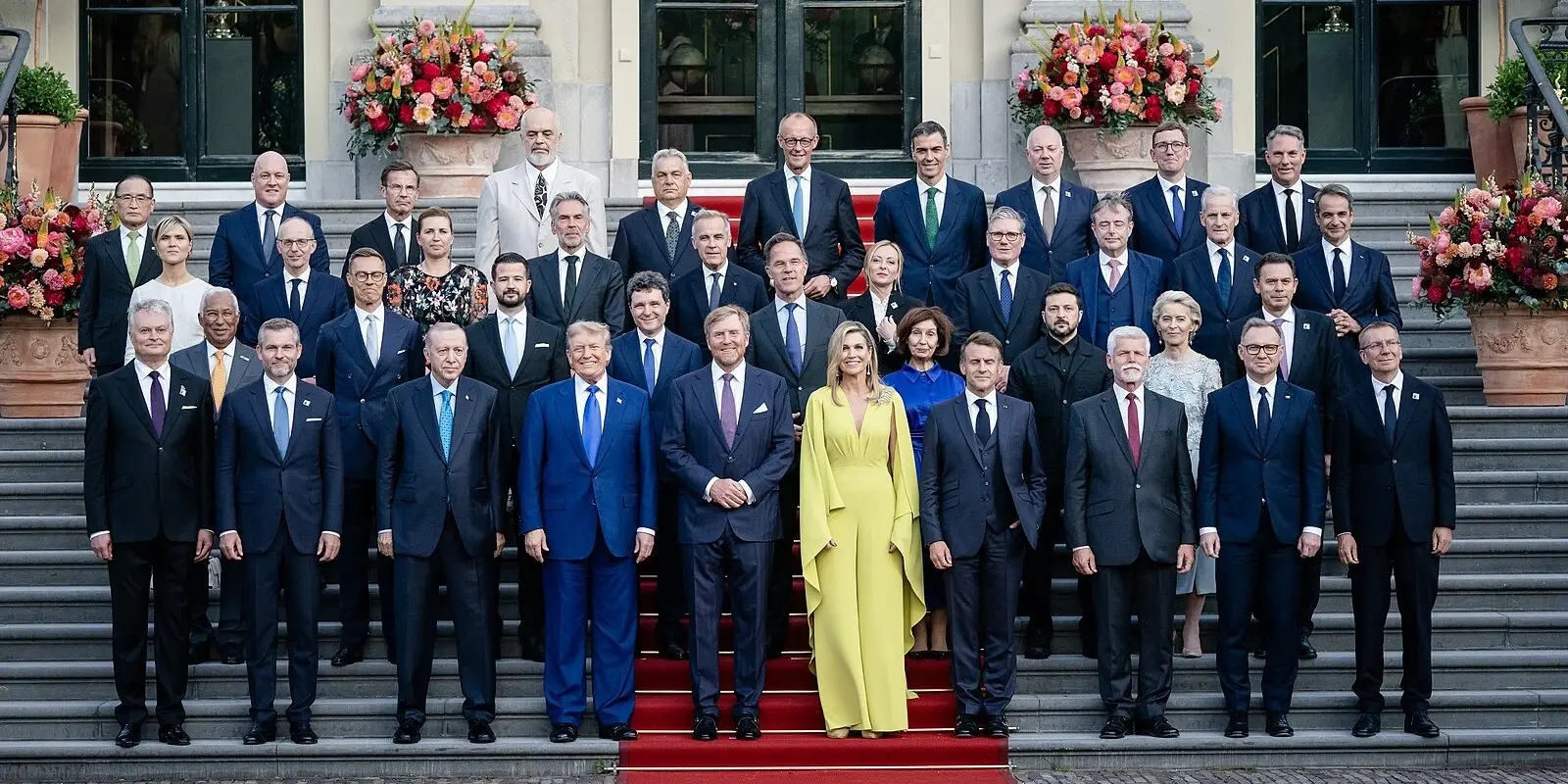
Prior to Russia’s invasion of Crimea in 2014, NATO held a summit for heads of state from its member nations irregularly, usually every two years. Since then, Russian aggression toward Ukraine on the fringes of the NATO Area of Responsibility (AOR) has driven annual summits where the ongoing Russian-Ukrainian War has driven important NATO policy decisions. Only the COVID pandemic could force cancellation of the summit in 2020. On June 24-25 2025, The Hague hosted this year’s summit and, once again, the Russia-Ukraine War took center stage leading to at least one significant agreement between the leaders of NATO’s member nations. President Trump, as the leader of the Alliance’s most powerful nation, made his presence felt, and the reaction from other NATO member nations to his comments was mixed.
The 5% Agreement
Perhaps the biggest news to come out of the Summit was a joint declaration by NATO Heads of State and Government to set a new benchmark for defence investment.
The so-called Hague Defence Investment Plan outlines a commitment by NATO Allies to invest 5% of their GDP in defence – including 3.5% on core defence requirements and 1.5% on defence and security related investments like infrastructure and industry.
This 5% target marks a 3% increase over the previous investment agreement reached between member nations brokered by President Obama at the 2014 Wales Summit. That agreement called for member nations to reach 2% of their GDP on defence spending by 2025 and came on the heels of Russia’s invasion of Crimea.
Currently, 23 of 32 nations have met the 2% target. Under the new agreement, the nations have until 2035 to meet the 5% goal. The agreement also included specific language underlining the importance of ramping up defence industrial production and affirmed continued support for Ukraine.
“Together, Allies have laid the foundations for a stronger, fairer, more lethal NATO,” Secretary General Mark Rutte stated in a closing press conference.
“These decisions will have a profound impact on our ability to do what NATO was founded to do – deter and defend.” Highlighting the challenges to Allied security, the Secretary General underscored, “whether from Russia or terrorism, cyberattacks, sabotage or strategic competition – this Alliance is and will remain ready, willing and able to defend every inch of Allied territory,” explaining that the new pledge would “ensure that our one billion people can continue to live in freedom and security.”
Trump’s Reaction to Agreement
While aboard Air Force One on his way to the summit, Trump sent minor shockwaves through his NATO partners when asked if the US was committed to honoring Article V of the North Atlantic Treaty – the cornerstone of the Alliance’s security arrangement.
Trump replied, “There's numerous definitions of Article 5." "You know that, right? But I’m committed to being their friend."
To Trump’s European NATO partners, the Article V language is very clear.
“The Parties agree that an armed attack against one or more of them in Europe or North America shall be considered an attack against them all and consequently they agree that, if such an armed attack occurs, each of them, in exercise of the right of individual or collective self-defence recognized by Article 51 of the Charter of the United Nations, will assist the Party or Parties so attacked by taking forthwith, individually and in concert with the other Parties, such action as it deems necessary, including the use of armed force, to restore and maintain the security of the North Atlantic area.”
The key phrase is that an attack against one shall be considered an attack against all. Previously, Trump has made similar comments that led the European NATO members to question the President's commitment to the Alliance.
During an Oval Office meeting in March 2025, Trump cast doubt on his willingness to defend America’s NATO allies, saying that he would not do so if they are not paying enough for their own defense. “It’s common sense, right,” Trump told reporters in the Oval Office. “If they don’t pay, I’m not going to defend them. No, I’m not going to defend them.”
Trump said this has been his view for years and shared it with his NATO allies during his first term. Trump felt that even the 2% of GDP defense spending agreement was inadequate. “Even now, it’s not enough,” he said. “They should be paying more.”
The agreement certainly changed Trump’s tone as the summit came to a close. During his final press interview in The Hague, Trump said the agreement was, “a monumental win for the United States, because we were carrying more than our fair share” and “a big win for Europe and for actually Western civilization” because Europe would now be “stepping up to take more responsibility.”
In addition, the agreement apparently made the President more assured about the USA’s commitment to Article V.
As he departed the Summit, Trump remarked, “They want to protect their country, and they need the United States, and without the United States, it’s not going to be the same,” Trump said, later adding: “I left here differently. I left here saying, ‘These people really love their countries. It’s not a rip-off.’ And we are here to help them protect their country.”
Getting Into the Finer Details
Of course, as a NATO member, this 5% agreement also applies to the USA. In 2023, US defense spending stood at 3.36% of GDP and, according to a recent Congressional Budget Office estimate, US defense spending is expected to actually decrease to 2.4% by 2035.
However, the finer details of the new 5% agreement reveal only a 3.5% of GDP increase to core military spending by 2035.
The rest of the 5% will consist of spending on infrastructure, intelligence, cybersecurity, and other defense-related areas that the US and most of its NATO allies can already match.
Ukraine Takes Back Seat at Summit
Unlike the 2024 NATO Summit held in Washington, DC, discussions surrounding continued support for Ukraine were much more subdued.
Ukrainian President Volodymyr Zelenskyy spoke during the first day of the summit and made a plea for continued support while delivering a warning: Russian President Vladimir Putin has ambitions beyond Ukraine, and could seek to move a NATO member within five years.
Afterwards, Zelenskyy faced the press alongside NATO chief Mark Rutte, European Commission President Ursula von der Leyen and European Council President António Costa. Zelenskyy’s colleagues reaffirming their commitment to support Ukraine in its defense against Russia. After promptly exiting the stage, Zelenskyy would rarely be seen for much of the summit.
During the previous summit, Ukraine held a headliner’s spot on the agenda and was mentioned 59 times in then-President Biden’s summit declaration. In addition, NATO officials said last year that Ukraine was on an "irreversible path” to NATO membership. This year, no mention was made of Ukraine’s NATO membership path.
While talk of continued support to Ukraine decreased in volume, and even while previously-agreed US military aid continues to flow to that war-torn nation, Trump surprised some analysts when he suggested the US may resume military aid to Ukraine soon. “As far as money going, we’ll see what happens,” Trump said.
As for giving Ukraine desperately-needed additional Patriot air defense systems, Trump said, “We’re going to see if we can make some available … they’re very hard to get.” In April, NATO Chief Rutte revealed that most Patriots pledged to Ukraine had arrived in country and the remainder would be delivered in the near future, according to Newsweek.
All was not a complete loss for Zelenskyy in his relations with Trump. Trump softened his tone on the conflict, something that may help Zelenskyy down the road. “He’s fighting a brave battle. It’s a tough battle,” Trump said of Zelenskyy. Trump added, “Vladimir Putin really has to end that war. People are dying at levels that people haven’t seen before for a long time.”
Who’s Your Daddy?
One of the more humorous comments from the summit came during a joint press conference between Trump and Rutte. The exchange started with Trump expressing his frustration with how the conflict between Israel and Iran was progressing.
Trump compared the conflict to two kids fighting in a school yard, saying that you sometimes need to let them fight it out for a few minutes before stepping in to stop them. At this point, Rutte interjected by saying, “Then sometimes daddy has to use strong language” to stop them.
Rutte’s “daddy” remark elicited criticism from some who felt the NATO Chief was referring to Trump as NATO’s daddy. “The daddy thing, I didn’t call him daddy,'” Rutte told reporters later in the day.
“What I said is that sometimes, in Europe, I hear sometimes countries saying, ‘Hey, Mark, will the U.S. stay with us?’ And I said that sounds a little bit like a small child asking his daddy, ‘Hey, are you still staying with the family?’ So in that sense, I used ‘daddy’ — not that I was calling President Trump daddy.”
The White House embraced the moniker of "daddy" for Donald Trump in a video released on June 25th on X. The post read, "Daddy’s home… Hey, hey, hey, Daddy. President Donald J. Trump attended the NATO Summit in The Hague, Netherlands."
The video features a song by Usher, and images of Trump at the NATO summit.
Take Aways From the Summit
Whether any President can be called NATO’s daddy is a matter of debate; however, one thing is for certain. As the Alliance’s richest and most powerful nation, any US President will wield tremendous influence over NATO policy.
Just as Obama received credit for driving the 2% of GDP spending agreement in 2014, Trump will receive credit for seeing that agreement bumped up to 5% at this year’s summit.
Whether or not the NATO members will actually meet that goal within the next ten years is left to be seen. Spain, for one, has said that it will not adhere to the agreement and maintain its defense budget at 2.1% of its GDP. Nine other NATO nations don’t currently meet the 2% goal.
Suggested reads:
SHARE:
TAGS:
JOIN OUR NEWSLETTER
Get the latest news and military discounts
